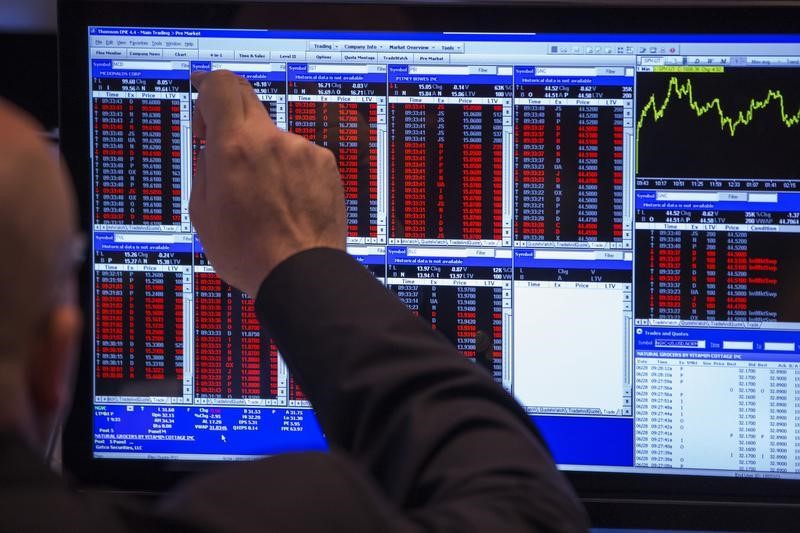The US solar industry has seen a significant surge in investments following the implementation of the Inflation Reduction Act, with Suniva, REC Silicon, and Maxeon collectively investing $8 billion. This development comes amidst a period of sustained growth for the sector, which has been expanding at an annual rate of 24% since 2010, according to the Solar Energy Industries Association.
Despite this positive trend, there are ongoing concerns about the industry's overreliance on cheaper foreign panels. Critics argue that these policies may not be sustainable in the long run and could impose a heavy burden on taxpayers. This viewpoint is supported by a study from the Peterson Institute, which highlighted the high costs associated with job creation through subsidies, citing the example of Obama's Solyndra investment.
In a significant move for domestic production, REC Silicon is set to reopen its Moses Lake plant and has secured a polysilicon supply deal with QCells for its US-based operations. This comes as part of a broader effort to reduce dependence on foreign suppliers and bolster local manufacturing capabilities.
However, the global solar manufacturing landscape remains dominated by China, holding an 80% share due to substantial government investments. This is despite efforts to rebalance the market through a 2019 trade deal. The International Energy Agency underscores China's strong position in this sector, pointing to its massive government investments as a key factor in its dominance.
This article was generated with the support of AI and reviewed by an editor. For more information see our T&C.
